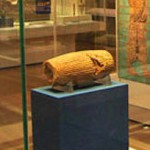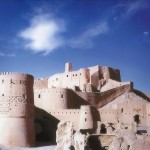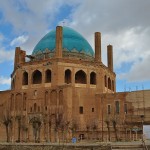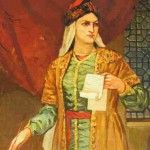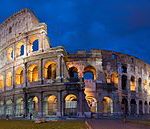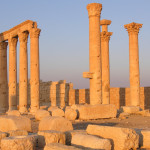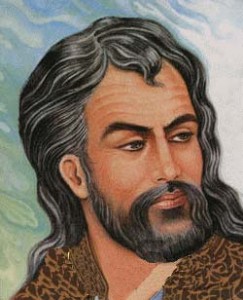 Dr. Dick Davis, a leading scholar of medieval Persian literature in the Western world, calls Hafez, the poetry world’s version of Bach and compares Shiraz, the city where Hafez lived at the time with Venice.
Dr. Dick Davis, a leading scholar of medieval Persian literature in the Western world, calls Hafez, the poetry world’s version of Bach and compares Shiraz, the city where Hafez lived at the time with Venice.
“People say that Bach sort of gathered together everything that had gone before him in music and brought it into a new kind of stage. Hafez did the same with the conventions of lyric poetry,” Davis said in an interview with PBS in December 2013.
Hafez is greatly featured in Davis’ new book (Published in 2013), “Faces of Love: Hafez and the Poets of Shiraz.” Davis translated poems by Hafez, Jahan Malek Khatun and Obayd-e Zakani, all poets from 14th century Shiraz. Davis who is a poet himself, has translated other Persian poetry in the past. He went to Iran as a young man, ended up staying for eight years, married an Iranian and then returned to England and obtained a Ph.D. from University of Manchester, in order to bring pieces of Iran to the West.
In the interview Davis explains that “Faces of Love” shows a side of Iran that we don’t often hear about, especially from news headlines. For him, it’s an important side of Iran that he thinks more people should understand. After all, poetry is integral to Iranian culture.
Khwāja Shamsu d-Dīn Muhammad Hāfez-e Shīrāzī known by his pen name Hāfez (1325/26 C.E.–1389/1390 C.E.) was a Persian poet. The work of Hāfez would leave a mark on such Western writers as Thoreau, Goethe, and Ralph Waldo Emerson—the latter referring to him as “a poet’s poet.” His work was first translated into English in 1771 by William Jones.
Check out a video from Dr. Dick Davis here




